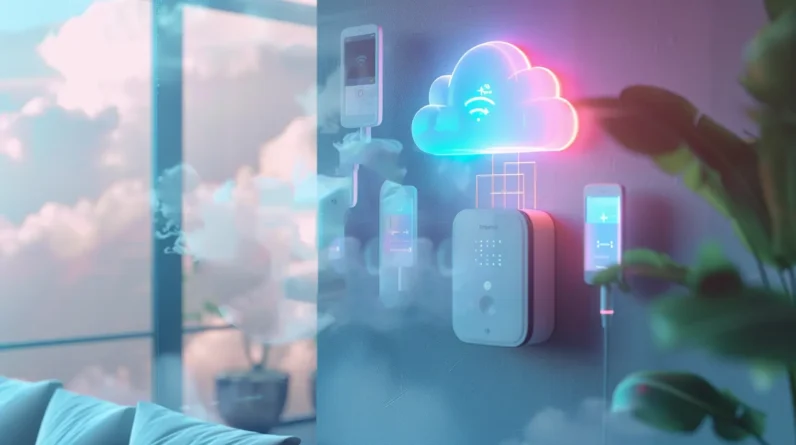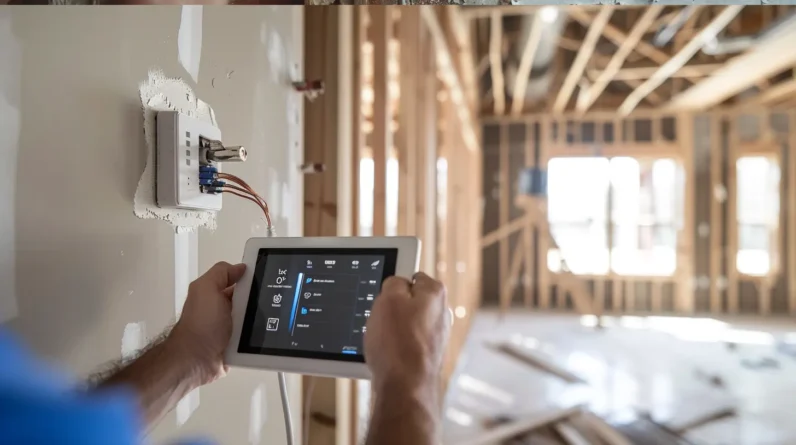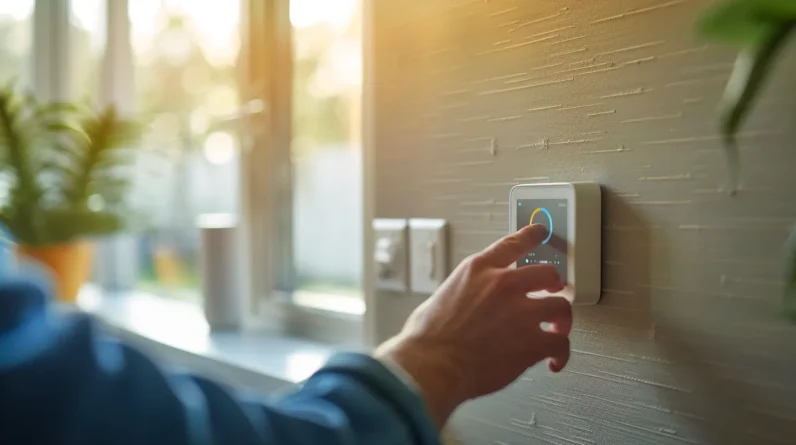
Cloud technology plays a vital role in optimizing smart device efficiency by transforming resource-intensive operations into streamlined, distributed processes. We’re seeing significant improvements in battery life through intelligent offloading of storage and processing tasks to remote servers, reducing local power consumption by up to 60% through delta-sync mechanisms. Cloud integration enables real-time processing for AI algorithms while maintaining robust security through end-to-end encryption and multi-factor authentication. Remote updates and maintenance enhance device longevity, while edge computing capabilities ensure reliable performance even during connectivity fluctuations. The evolution of cloud-smart device synergy continues to unlock new possibilities for optimization and automation.
Cloud Storage and Battery Optimization
Efficiency drives the relationship between cloud storage and battery life in modern smart devices. We’re seeing significant power consumption reductions when cloud storage offloads local processing tasks, particularly during data synchronization and backup operations. By leveraging intelligent caching and selective sync protocols, we can minimize the energy-intensive data transfers that traditionally drain our devices.
Our cloud-based optimization strategies now include adaptive power management algorithms that coordinate data uploads during periods of strong connectivity and optimal battery levels. We’ve found that implementing delta-sync mechanisms reduces redundant data transfers by up to 60%, directly extending battery life. When we combine these approaches with compressed data protocols and background task scheduling, we’re achieving remarkable improvements in both storage efficiency and power conservation across our smart device ecosystems.
Real-Time Processing and Performance
Cloud processing steps up to deliver real-time performance that was previously impossible with local device resources alone. We’re now seeing distributed computing networks handle complex calculations and data analysis while maintaining near-instantaneous response times. This enables smart devices to execute AI algorithms, process natural language, and render graphics without overwhelming their local processors.
Remote Updates and Maintenance
Through remote cloud connectivity, organizations can now deploy software updates and perform system maintenance across entire device fleets without physical access. We’re seeing unprecedented efficiency in managing devices at scale, with cloud platforms enabling automated patch management, security updates, and firmware deployments.
We can leverage cloud-based device management systems to monitor device health, detect anomalies, and initiate preventive maintenance before failures occur. This proactive approach significantly reduces downtime and service interruptions. By implementing rolling updates and staged deployments, we’re able to test changes on smaller device subsets before full rollouts, minimizing risk and ensuring system stability. The cloud’s ability to queue and schedule maintenance windows helps us maintain optimal device performance while adhering to organizational policies and compliance requirements.
Data Security in Connected Devices
While connected devices offer unprecedented capabilities, securing data across cloud-integrated systems remains a critical challenge for enterprises. We’ve identified several critical security measures that organizations must implement to protect sensitive information flowing between smart devices and cloud infrastructure.
To maintain robust data security in connected environments, we’re focusing on these essential protocols:
1. End-to-end encryption for all data in transit and at rest, utilizing AES-256 standards and quantum-resistant algorithms
2. Multi-factor authentication and biometric verification for device access, combined with regular security token rotation
3. Zero-trust architecture implementation with continuous monitoring and automatic threat detection
We’ve found that layering these security measures creates a defense-in-depth strategy that significantly reduces vulnerabilities in cloud-connected devices while maintaining operational efficiency and user experience.
Smart Home Cloud Integration
In today’s connected environments, smart home systems leverage cloud integration to deliver seamless automation, remote control capabilities, and intelligent decision-making across household devices. We’re seeing cloud platforms serve as centralized hubs that process device data, manage authentication, and orchestrate cross-device interactions.
These cloud infrastructures enable us to aggregate data from multiple sensors and devices, apply machine learning algorithms for predictive automation, and maintain system updates without local processing constraints. We’re implementing robust APIs that allow different smart home ecosystems to communicate effectively, while edge computing capabilities help reduce latency for time-sensitive operations. By distributing processing loads between local hubs and cloud servers, we’re creating resilient systems that maintain functionality even during internet disruptions, while maximizing the benefits of cloud-based analytics and storage.
Conclusion
We’ve seen how cloud technology is no longer just a drop in the digital ocean but rather the lifeblood of smart device efficiency. Through optimized storage, enhanced processing, seamless updates, and robust security measures, we’re revolutionizing device performance while reducing local resource demands. As we continue integrating cloud solutions into smart homes and enterprises, we’re creating a more connected, efficient, and sustainable technological ecosystem.







